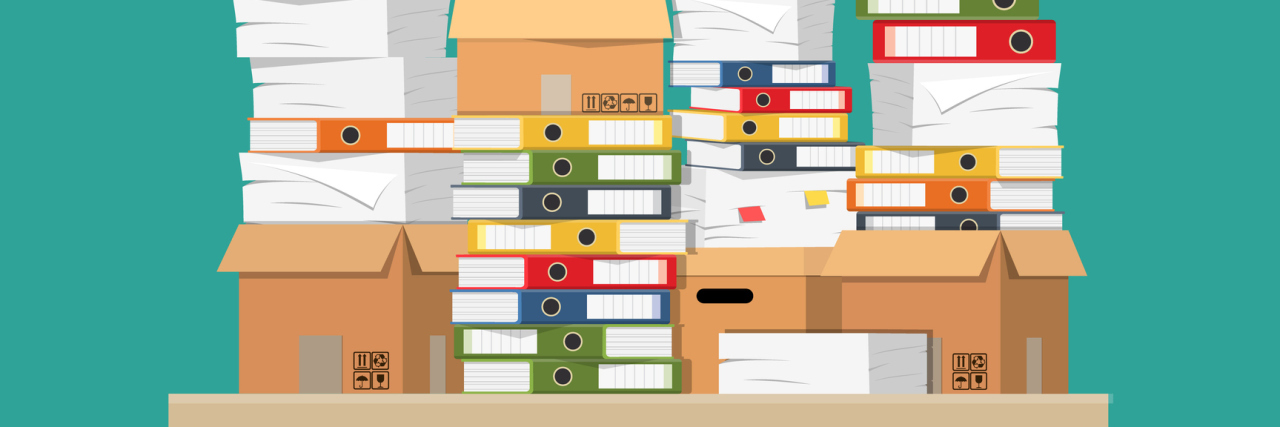4 Ways to Organize Paperwork When You Have Kids With Disabilities or Medical Needs
If you parent a child with a disability or medical needs, you know all too well how much paperwork there is. Paperwork for evaluations. Paperwork for each specialist. Paperwork for early intervention. Paperwork for school. Paperwork for followups. Paperwork to apply for grants or waivers. Paperwork every six months to make sure your child still has a disability (which is plain ridiculous, but what can we do?). Paperwork, paperwork and more paperwork.
How do you keep all that paperwork organized?
I am a “pile” girl. I accumulate big piles of paper on any flat surface. (I am not proud of it). So the story goes something like this: “I think that form is in this pile.”
Needless to say, having a system to organize all of the papers is needed.
A good organization system helps you find exactly what you need when you need it. Imagine a visit with your child’s neurologist. As you talk, the neuro asks a question, you open your handy medical binder (the one you bring to all medical appointments) and you are able to hand over the results of a neurosych evaluation form 11 months prior. It’s all right there.
Or maybe you are sitting at an IEP meeting with your child’s teacher and you are able to refer to previous goals and notes.
With the complexity of some of our kids, good organization can really pay off. But what are the best ways to keep all that paper in order? We reached out to The Mighty’s parent community and asked how they keep their paperwork organized.
These are the four main organization systems they use:
1. Binders and File Folders
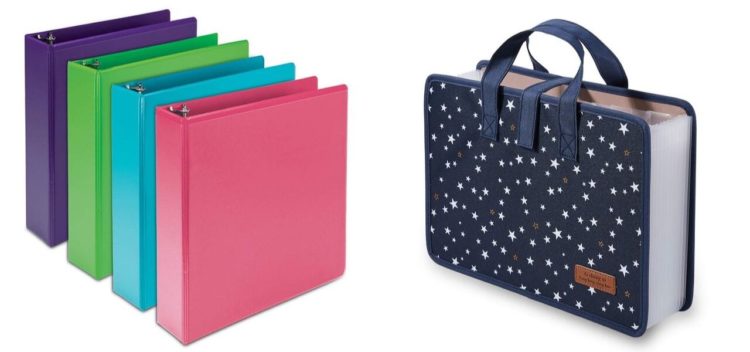
Almost every parent said they keep their paperwork organized in a three-ring binder or file folders. If you need help getting a binder organized, understood.org has a wonderful guide on how to keep your child’s IEP binder organized. Their guide has free downloads, including an IEP checklist, a school contact sheet, a parent-school communication log and an IEP goal tracker. Many of these forms can be used to create a medical binder too. A binder with tabs may sound simple, but it can really keep you organized.
A three-ring binder holds the most important things, (evals, IEPs, etc.), color coded, tabs, the whole nine. You just grab the binder and you’re off to an appointment. We also scan each document and have it on file to email as needed. Excess paperwork (and outdated IEPs etc), is filed in a cabinet. — Nicole S.
An expanding file, with about 20 sections for the 20 people we see. Ordered by date, too. Good to take to meetings and medical appointments or assessments. — Amanda J.
Medical bills, EOBs, pharmacy receipts, fuel related to appointment travel costs, insurance info, county forms, tax forms all [go] in corresponding files in a drawer. IEP and school-related stuff in a three-ring binder. Medication management has a notebook to bring with to doctor appointments. — April R.
Three-ring binders with color-coded tabs for each doctor/specialist and one that has the school’s IEP and updates with the newest reports in the front of each section. I type up a summary after each update or assessment. I also have a speech only binder and an occupational therapy only binder. They both have activities and exercises we are currently working on. [This is] incredibly helpful if you’re applying for other programs, like SSI, for your child. — Hillary Z.
Buy the two-inch binders pictured above for $17.99 from Amazon or the expanding file folder for $17.99 from Amazon.
2. Electronic Documentation
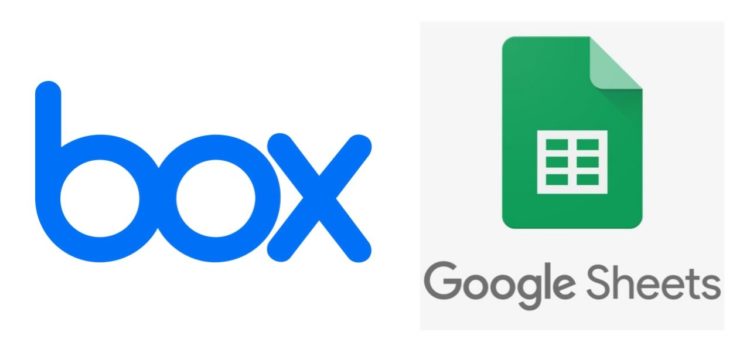
Many parents scan all documents and upload them digitally so they are easily accessible no matter where you go. Some parents create spreadsheets that help them track just about anything, from medication to therapies and everything in between. Even if you are not super organized, electronic documentation can feel more manageable than piles of paper. You can start by organizing your digital files using simple labels like “medical” and “IEP” and then go from there based on what works for you.
After 5+ years of organizing in binders, I started using box.com and organizing by category, like medical documents, therapists, each grade. I save by year, ‘2018, May IEP’ for example. I have hard copies in a binder still but organizing on Box helps because it’s really easy to pull up if I’m looking for something quickly. — Kelli Ann
I have a spreadsheet to track labs and keep medical [information]. — Christi H.
You can access Google Sheets for free with a Google account or use Box.com, which starts at $5/month.
3. Note and Filing Apps
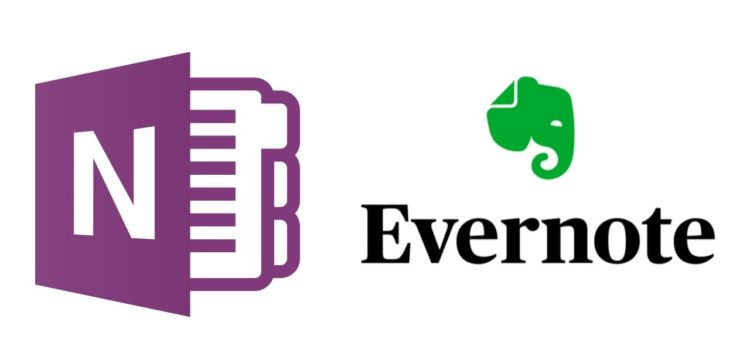
For some parents, certain apps make all the difference in getting organized. The two apps recommended by parents are OneNote and Evernote. OneNote allows you to organize all your documentation across what they call notebooks, sections and pages. You can also add media, clip and save content, tag and even record audio notes and insert documents. Evernote lets you easily scan documents directly to the app (accessible even offline), tag documents and write notes. Both apps make it easy to search your files and find what you’re looking for.
All [documentation is] scanned and saved to OneNote, which I can access from any device or computer. It takes a lot of organization to get it started but once you follow a simple routine for each piece of paper, it gets easier. Every medical related document that passes through my hands is scanned with my phone and saved to OneNote. — Star B.
I scan documents and keep them in a folder on my phone and in Evernote. — Kayla C.
You can use OneNote free with up to 5GB of storage with a Microsoft account or Evernote, which also has a free version.
4. Visual Boards
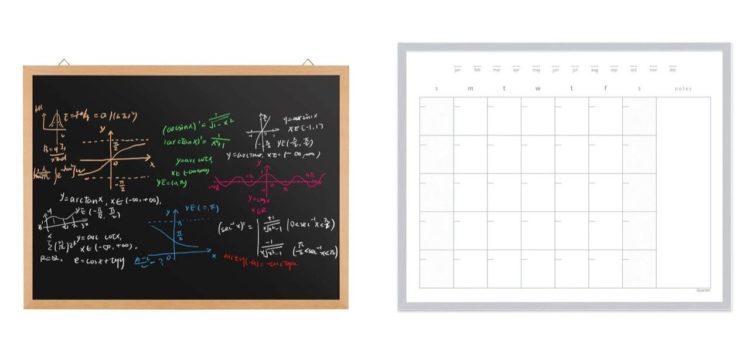
If you’re a visual learner, a pile of papers probably isn’t your most helpful strategy. That’s why some parents said they need to draw out all their kids’ information to really get their heads wrapped around it. Using a big chalkboard or whiteboard can help you make lists and keep track of schedules and reminders where they’re always easy to see. Plus, this puts all the vital information the whole family needs to know in an accessible, easy-to-read place.
I use an old-school chalkboard, one for each son, to update the day to day nurses, visiting care coordinators, visiting nursing agency supervisors, etc. It lists my children’s 14 doctors, their therapists’ scheduled visits. It also includes their seasonal extracurricular activities (adaptive sports and recreation), in addition to their vital stats like latest weight and height, teach and g-tube changes. I also have all of their surgeries listed. I updated it regularly. This makes it nice an easy to have those monthly conversations with all of the professional visitors. We go right to the board. — gmjones
Buy the calendar whiteboard pictured above for $15.99 from Amazon or the blackboard for $27.99 from Amazon.
No matter how you decide to organize your child’s paperwork, parents agreed that having some kind of system can make life a little easier. It helps you save time and energy, helps you advocate more efficiently for your child at appointments, school and in the community, and may give you a little extra time for what really matters — spending time with your family.
What do you use to stay organized? Let us know in the comments.
Getty image by drogatnev

